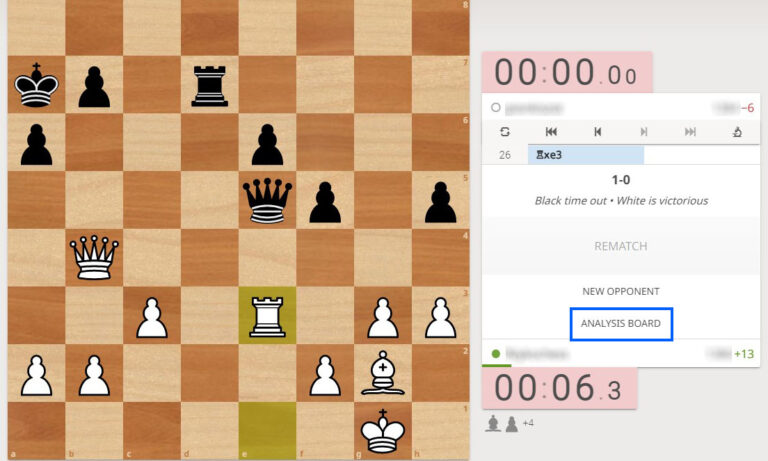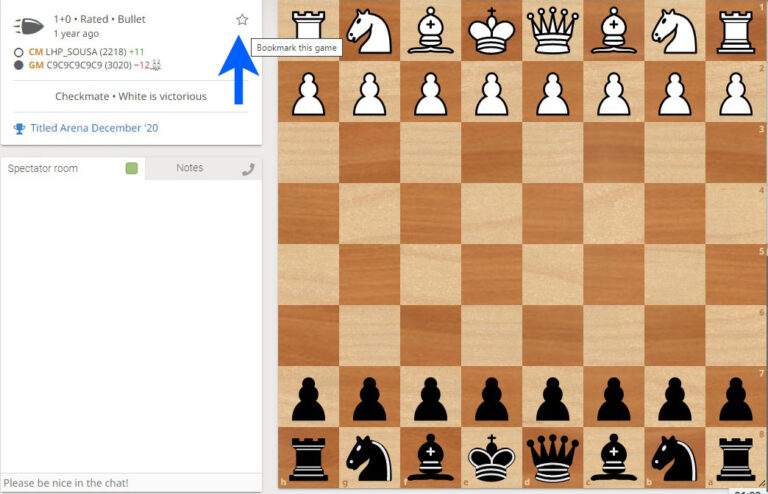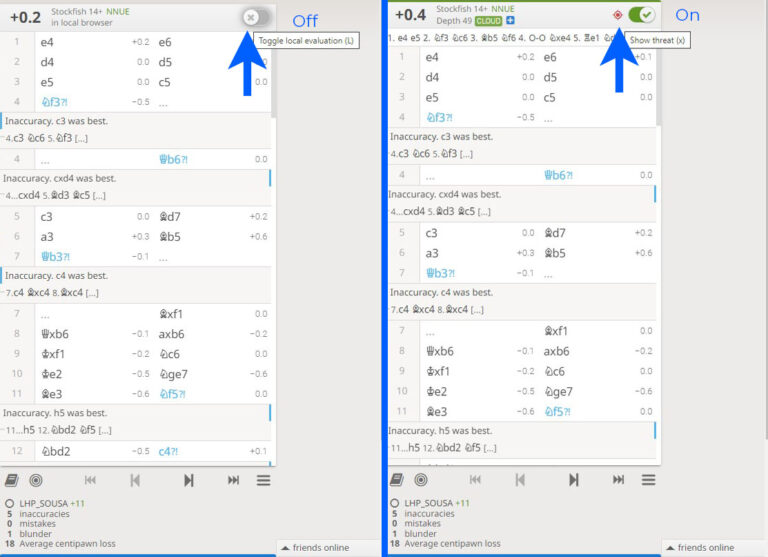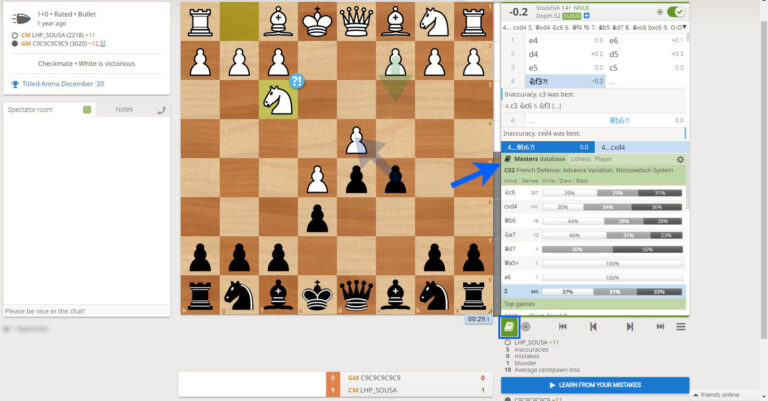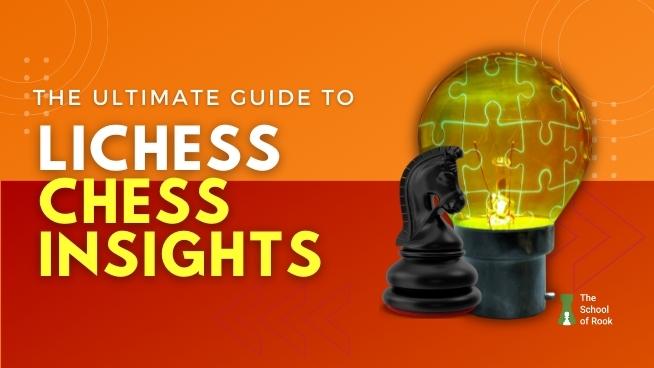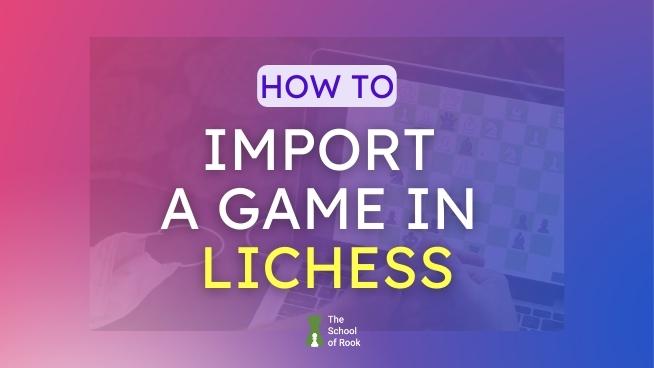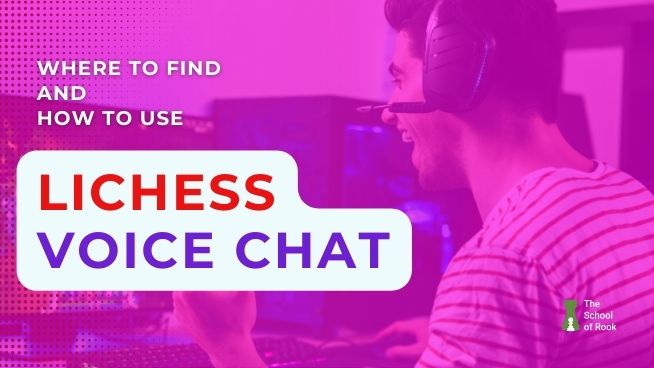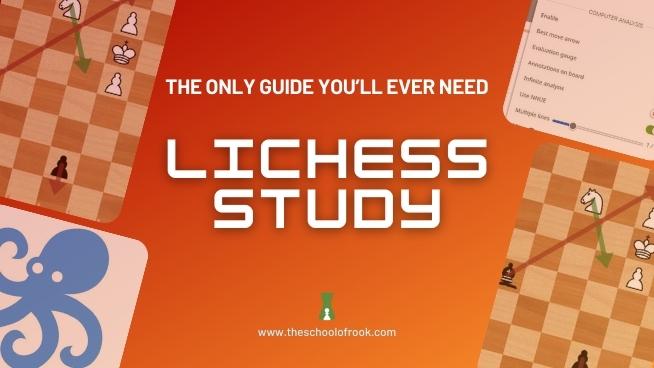
Ask any rated chess player how to improve your game. They’ll all advise you to analyze your game post-match.
When you evaluate your game, you realize you want an external perspective to give further insights. Here’s where Lichess helps you out with its Lichess Analysis Board tool.
With this free tool, you can take the help of a chess engine to figure out tactical and positional errors.
In this post, you’ll learn everything you need to know about Lichess Analysis Board, including how to import and analyze a game.
What is Lichess Analysis Board
Lichess Analysis Board is a tool in Lichess where you can evaluate your games or ask the chess engine to do it for you.
Lichess uses the latest version of Stockfish to analyze games.
Stockfish is known as the world’s best chess artificial intelligence. So you know, Lichess analysis is better than most other chess websites.
How to import a Lichess game on Lichess Analysis Board
Importing a game played on Lichess to the Lichess Analysis Board is quite simple. All you’ll need to do is perform these two easy steps:
- Once you finish playing a game, you’ll see three options on the right side of your screen:
- Rematch
- New Opponent
- Analysis Board
- Choose “Analysis Board” to export the game for further analysis.
That’s it! The following segment will help you understand how to make the best use of this innovative tool.
Before that, I’d like to share with you another hidden feature of Lichess where you can check and analyze your worst defeats. To do so, follow these steps:
- Go to “Your Username” > “Profile” which is located on the top right of your screen.
- Then on the left side, choose a chess variant. Here, we’ll select “Blitz.”
- Scroll down to find your “Worst rated defeats” on the bottom right side and choose one of the games.
Your game is now in the Lichess Analysis Board, where you can request computer analysis. Just so you know, you can also import a game from Chess.com for Lichess analysis.
Components of Lichess Analysis Board
Lichess Analysis Board is a fantastic tool that lets you learn from your mistakes efficiently. It has many salient features that might get unnoticed.
So let’s go through what you see once you land on the Lichess Analysis Board after importing a game.
The features on the Lichess Analysis Board can be divided as per their location: left, right, and bottom.
Left side
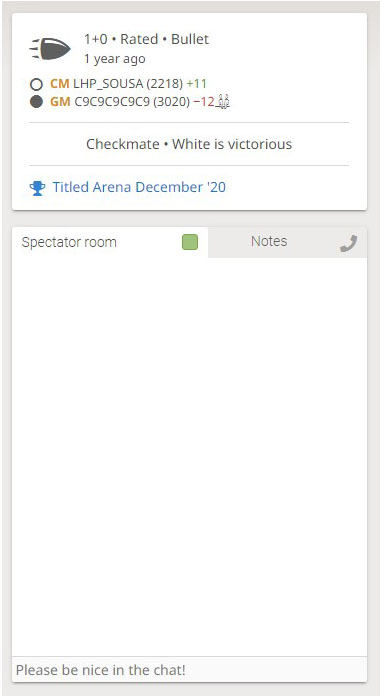
On the top left side of the screen are the details of the match as per the following:
- Rated or unrated
- Chess variant
- Date of the game
- Username of the players and their rating. You can also see how the particular game affected the rating of the players.
- Result of the match and its reason.
There’s a hidden feature in this section: if you hover over the line, you’ll see a star appear on the top right corner of this section. It lets you bookmark the game on selection.
Below the details section is the communication section, which has these features:
- Spectator room: Anyone can view the analysis. You can turn off the chat by clicking on the green toggle button.
- Notes: You can type private notes over here. It will be visible to you only.
- Voice Chat: You can speak to spectators with this tool
Right side
The chess notation of the game occupies the majority of the right side.
There’s a toggle on the top right hand side which is disabled by default. It’s a local evaluation bot that isn’t as efficient as the server analysis, i.e., computer analysis.
Once you enable the local evaluation bot, a bullseye icon will appear beside the toggle. It shows immediate threats.
Next, below the chess notation, you’ll see a few icons. These icons are:
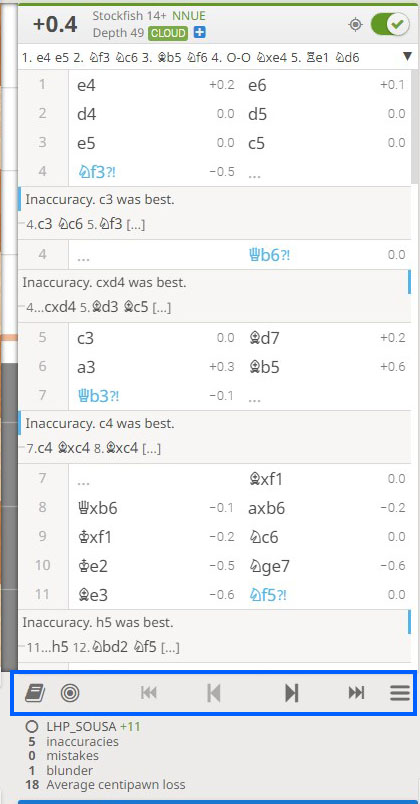
- Book icon: This is the Opening Explorer and Tablebase, which consists of games played by top players on OTB, games played on Lichess, and your Lichess games. The database updates on every move.
- Target icon: This is where you can practice with the computer and create variations. You have the option to take a hint and see the “best move” suggested by the engine.
- Direction symbols: These 4 symbols represent the start of the game, next move, back move, and end of the game, respectively.
- Hamburger icon: This is the Menu that expands to give you options like “Flip board,” “Board editor,” and other features related to computer analysis.
Let’s look at the Menu in detail below:
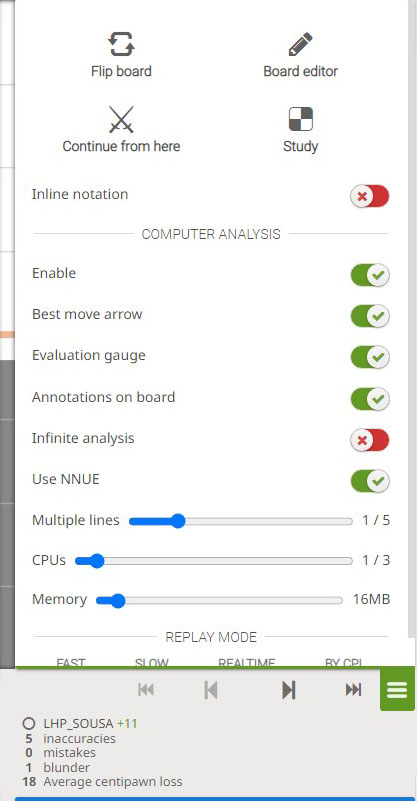
- Flip board: This lets you flip the board and analyze the game from your opponent’s perspective.
- Board editor: It exports the position to the board editor from where you can add or remove pieces for puzzles.
- Continue from here: You can use this feature anytime during the game. This lets you continue playing a particular position with the computer or a friend. You can change the chess variant, time control, and strength when playing against the computer.
- Study: You can export the analysis to Study to save it and add your own annotations.
- Inline notation: This option lets you change the chess notation from line form to paragraph form.
- Enable: It enables computer analysis.
- Best arrow move: This option is enabled by default. It shows a blue arrow for the best arrow instead of the move played in the game.
- Evaluation gauge: It is the engine evaluation bar positioned beside the right of the chessboard. It changes move to move. Black is represented by dark gray color and white by the background white.
- Annotations on board: Annotation on board means the ability to comment and add symbols for moves. This is also enabled by default.
- Infinite analysis: This is disabled by default as it takes up a lot of resources to function. This feature analyzes the game indefinitely.
- Use NNUE: NNUE is a neural network architecture, aka a new technology in chess programming.
- Replay mode: You have three options to replay the game 一 fast, slow, or real-time.
Bottom
Below the chessboard, i.e., at the bottom of the screen, are these four sections:
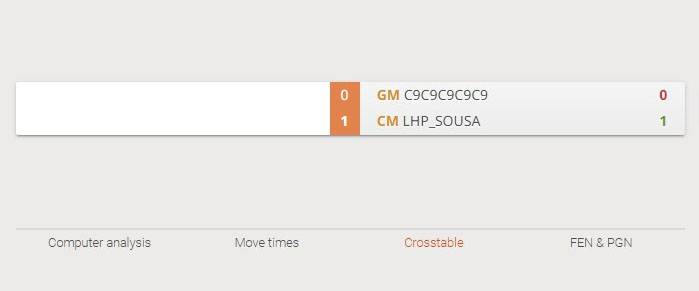
- Computer analysis: A button to request the chess engine to analyze your game.
- Move times: It shows the time taken in seconds per move. The graph is further divided into the opening, middle game, and endgame.
- Cross table: It shows the players’ names and the result of the game.
- FEN & PGN: It lets you download annotation and GIFs of the game. It also enables you to copy PGN and FEN notes. There’s one creative function where you can embed the game on your website.
Keyboard shortcuts for Lichess Analysis Board
| Feature | Keyboard Shortcut |
| Flip board | f |
| Opening explorer | e |
| Show threat | x |
| Toggle local evaluation | l |
| Toggle all computer analysis | z |
| Best arrow move | a |
| → key (Next move) | j |
| ← key (Back move) | k |
| First move | ↑ or 0 |
| Last move | ↓ or $ |
| Disable computer analysis | z |
| Computer arrow (turn on/off) | A |
| (Play) Best move | Space bar |
| Search box | s |
| Green circle | Right-click |
| Green arrow | Right-click + drag |
| Red circle | Shift key + Right-click |
| Red arrow | Shift key + Right-click + drag |
| Orange circle | Shift key + Alt key + Right-click |
| Orange arrow | Shift key + Alt key + Right-click + drag |
| Blue circle | Alt key + Right-click |
| Blue arrow | Alt key + Right-click + drag |
How to use Lichess Analysis Board
Before we learn how to use the Lichess Analysis Board, you must know that it’s always best to analyze your games by yourself before you take assistance from a chess engine.
The reason being you might not look beyond what the engine suggests. This limits your analytical powers, which is an essential trait required to better chess.
But there are times when you don’t have the time to analyze a game in depth. You might want to check the apparent blunders or other errors you made in the game.
So I’ve made two tutorials below on how you can use the Lichess analysis board if you’re short on time and if you want to analyze your game in detail.
How to use Lichess Analysis Board in short
There’s an intelligent feature specific to the Lichess analysis board. The engine points out your errors and asks you to play those moves again.
It saves time, and more importantly, you don’t need to go through all your moves to figure out where you went wrong.
So to use this feature, go to “Computer Analysis” located below the board and click “Request a computer analysis.” On the right-hand side, you’ll see several inaccuracies, mistakes, and blunders committed by both players.
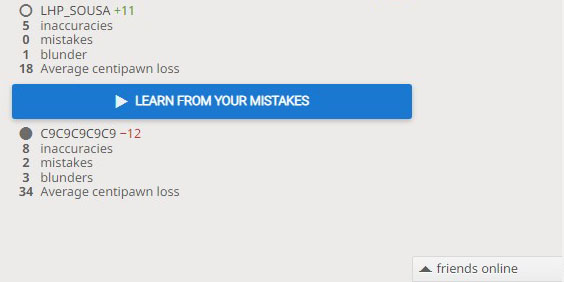
An inaccurate move can be a not-so-good move that doesn’t result in a loss of material. A mistake is a bad move that causes significant damage positionally. On the other hand, a blunder means a grave mistake that can cost you the game.
You can click on each, and the engine will show you the moves where you or your opponent made errors. You can either solve them, ask for a hint, or view the solution directly.
Another option you have is to click the “Learn From Your Mistakes” button directly, and the engine will show you a few errors.
How to use Lichess Analysis Board in-depth
Before we learn how to use the features in the Lichess analysis board, you should know that you cannot annotate a game in the Lichess analysis board. To do so, you’ll need to export the game to “Study,” where you can add comments on each move.
You can request a server-side computer analysis over there too. But for now, we’ll analyze a game on the Lichess analysis board.
First, let’s get a basic idea of your move times and how long you take in the opening, middlegame, and endgame. So if you take too much time in the opening, you might want to familiarize yourself with that opening.
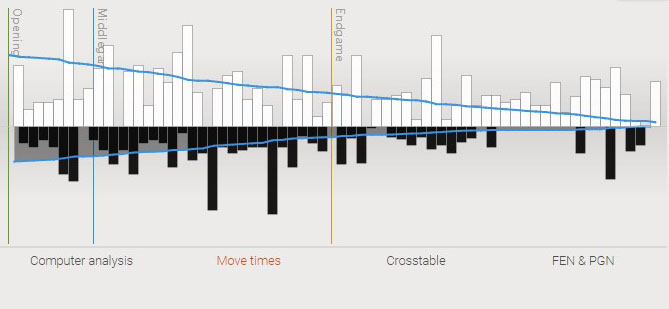
Tip:
Disable computer analysis for the time being and analyze the game by yourself in this position.
Next, let’s start with the opening to analyze the game in detail. Click the book icon to expand the Opening Explorer.
Play your opening and check the most popular move played by the top players in the world under the “Masters database.” You’ll see a horizontal bar that depicts the percentage of white wins, draws, and black wins.
If you see a “No game found” message at a particular move, that most probably means the move is out of the ordinary. It most likely means that it’s an error, and that’s why nobody at that level has played this move.
Flip the board and try to figure out how your opponent can take advantage of the error you’ve made. You can also switch to the Lichess database to see what other Lichess players have played.
Note:
You can start a variation at any move. In fact, you can have multiple variations in a single move. And the best part is it’s quite easy to switch between variations and the main game.
Try to find the mainline of the opening online and see why the move you played isn’t the right move. If you can’t find a good source, open a new Lichess analysis board on a new page and play the moves one by one.
You’ll see an explanation of the opening moves on the left side of your screen. However, the source of this information is Wikipedia. So it’s often limited and needs better annotation.
If you’re stuck during analysis, you can switch to the target icon, which will automatically enable computer analysis. You can check the annotations provided by the chess engine and go through the errors.
What’s after analyzing a game on Lichess Analysis Board
I hope this detailed guide on the Lichess Analysis Board helps you analyze your games efficiently. Although it might seem a bit puzzling at first, this free analysis tool is simple to use, thanks to its minimalist user interface.
You can also check a Lichess insights tool called Chess Insights which gives you invaluable inputs, such as how often you punish your opponent when they make blunders or which is your weakest opening.

